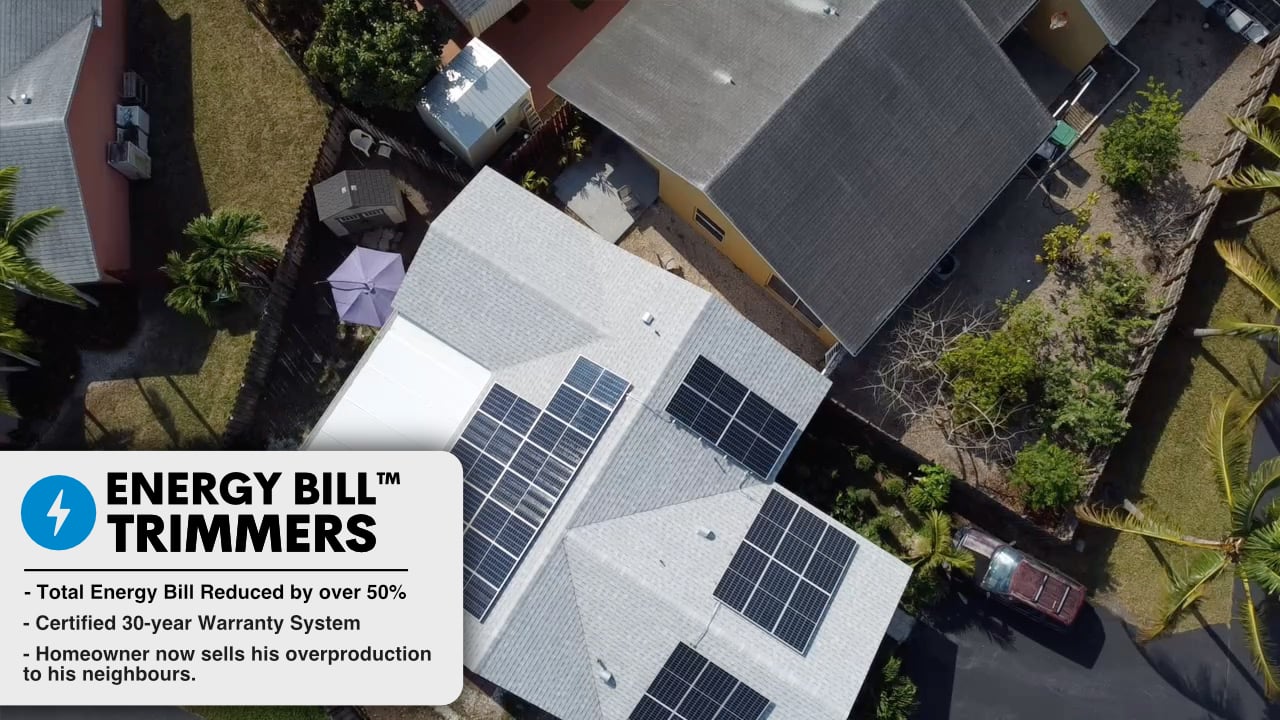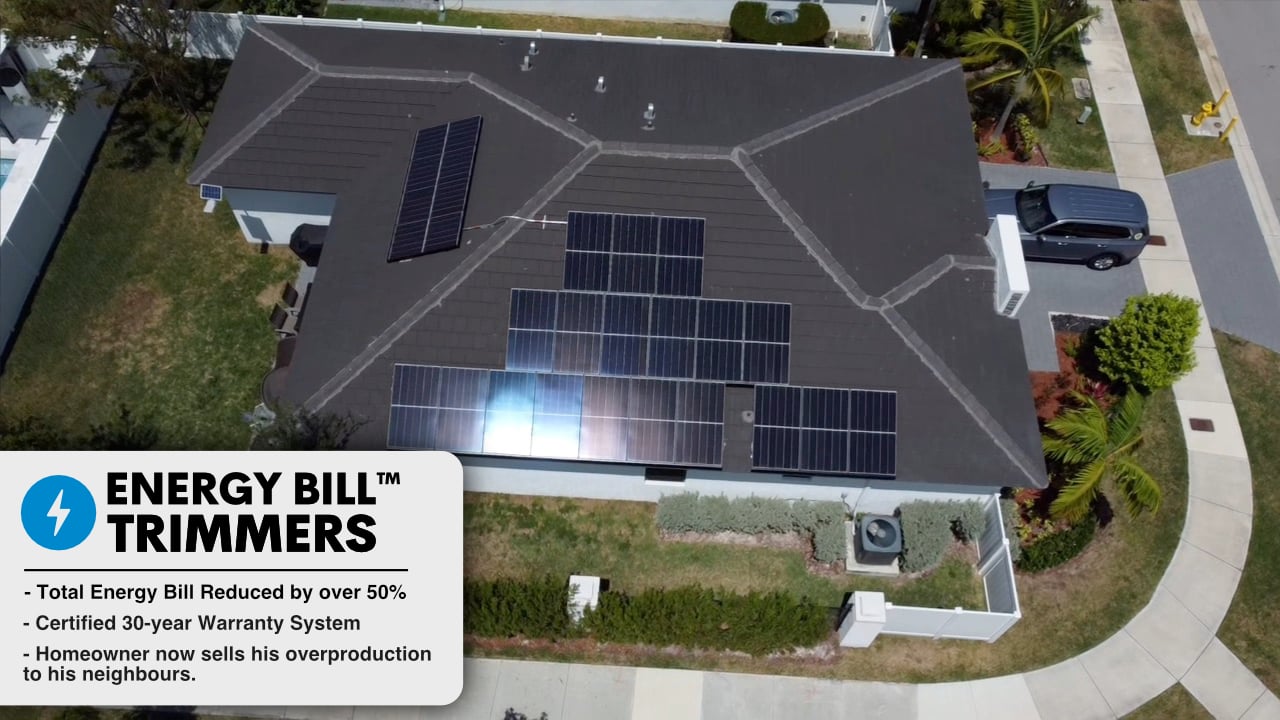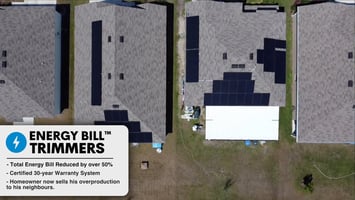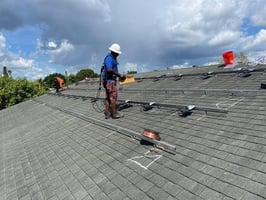Homeowners considering the switch to solar energy have several options at their disposal, ranging...
Getting the Most Out of Solar: The Federal Tax Credit
Okay, so you're thinking about going solar, and you've heard the buzz about the federal solar tax credit. But what exactly is this credit, and how can it put some extra cash in your pocket? Let's break it down in plain English.
What's a Tax Credit Anyway?
First things first, what's a tax credit? It's like a magical discount on your income taxes. Imagine you owe Uncle Sam $1,000 in taxes, but you claim a $1,000 federal tax credit – bam! Your tax bill is wiped out, and you don't owe a dime.
Now, let's get to the good stuff – the federal solar tax credit.
The Federal Solar Tax Credit – What's That?
The federal solar tax credit is like a reward for going green with solar panels. When you install a solar PV (photovoltaic) system at your home, you can claim this credit on your federal income taxes. It's like a little thank-you note from the government for helping the environment.

By installing the solar panels with us, we help you claim and achieve the 30% discount.
Here's how it works:
- Your solar PV system needs to be up and running in the same year you claim the credit.
- Systems installed in 2020 and 2021 were eligible for a 26% tax credit. But guess what? In 2022, Congress gave it a boost to 30%, and it stays that way until 2032! (For those who got in early and installed their systems before 2020, they got the 30% too.)
- After 2032, it starts to slowly decrease – 26% for systems in 2033 and 22% for those in 2034.
- Sadly, after 2034, unless Congress decides otherwise, the credit takes its leave.
And here's the cool part – there's no cap on how much you can claim. So if you've got a big solar project in mind, the credit's got your back.
Who's Eligible for the Federal Solar Tax Credit?
Okay, you're probably wondering if you can grab this sweet tax credit. To be eligible, here are the main points:
- Your solar PV system should be installed between January 1, 2017, and December 31, 2034.
- It has to be at your home in the good ol' United States.
- You either own the system (bought it outright or financed it) – no leasing or buying electricity from a solar company.
- If you purchased a share in an off-site community solar project, you can claim it too, but there are some rules to follow.
And remember, the system needs to be new – you can't snag the credit if you're just slapping some new panels on an old setup.
What Expenses Are Included?
Now, let's talk dollars and cents. What can you include in your tax credit claim? It's not just the cost of the panels. Here's what's on the menu:
- The solar PV panels or cells (the ones that make the magic happen).
- Labour costs for getting everything set up, including permits and inspections.
- All the other stuff like wiring, inverters, and mounting equipment.
- And here's a new addition – energy storage devices with a capacity of 3 kilowatt-hours (kWh) or more (for systems installed after December 31, 2022).

Panels, labour, wiring, inverters and now also storage devices, all can apply for the federal tax credit.
Sample Calculation Time!
Alright, let's put this all together with a quick example. Say you installed a solar system in 2022 that cost you $20,000. Thanks to the federal solar tax credit at 30%, you can shave off a cool $6,000 from your tax bill. Not too shabby, right?
So there you have it – the lowdown on the federal solar tax credit. It's like a little bonus for making the world a greener place and saving some green in your wallet too. Remember to check the latest rules and consult a tax pro for the nitty-gritty details, but now you're armed with the basics.
Happy solar savings!



